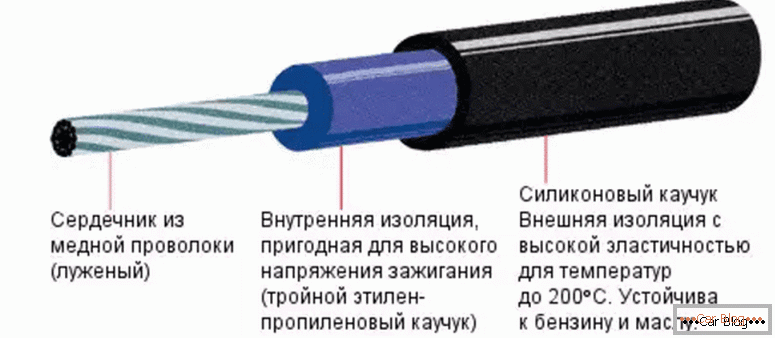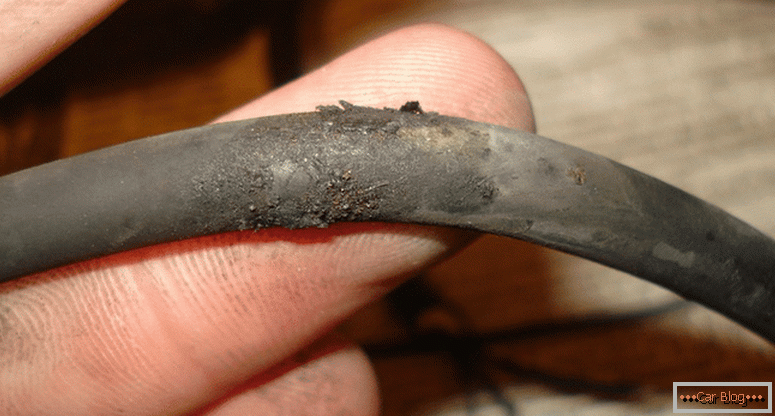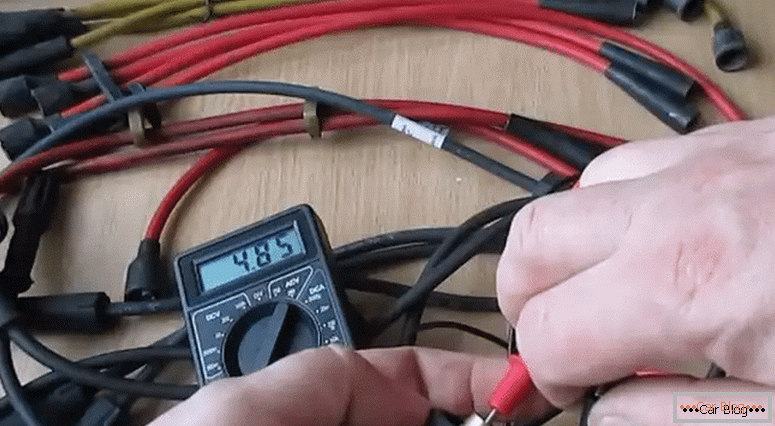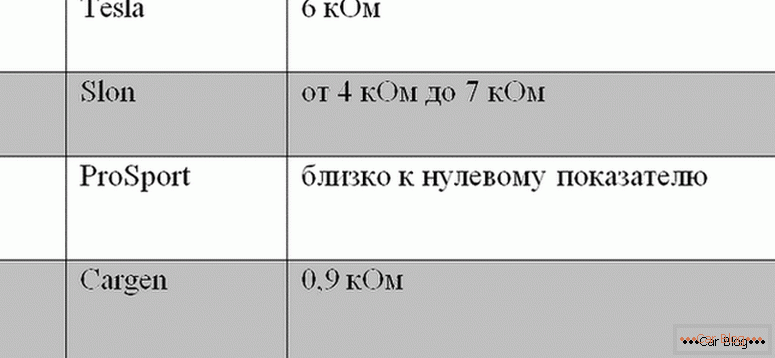High-quality work of the car depends on the coherence of all mechanical components and the electrical system of the vehicle. If there is any imbalance, then this affects the operation of the vehicle as a whole. For example, poor-quality high-voltage (BB) wires will lead to a failure in the ignition system, and accordingly there will be power losses and other problems.
В статье разберем, What should be the resistance of high-voltage ignition wires и как выявить неисправности в этой части электрической системы. Разберем несколько способов диагностики.
Content
- 1 Common Electrical Problems
- 2 Diagnostic methods
- 3 Established physical indicators
Common Electrical Problems
The apparent simplicity of the question of the performance of these wires hides a sufficient number of frequently encountered problems with them. Major faults occur with conductive cable characteristics.

Causes of failure are the following:
- voltage leakage through breakdowns in the insulation, while the current goes in the wrong direction;
- a rupture occurred in the core through which high voltage passes;
- resistance value significantly exceeded;
- There are problems with contacts in conjunction with a coil or candles.
If a break appears in the high-voltage wiring circuit, the “internal spark effect” will be noticeable. This is manifested in the form of a discharge transmitted between the open parts. The action leads to a decrease in the voltage applied to the candle. At the same time, parasitic impulses are formed. These phenomena are capable of disabling important automotive sensors.

Damaged cable
Each of the wires are not working properly, can cause vibration in the motor and adversely affect the performance of the power plant. Due to damage, the ignition of the fuel mixture takes place later or irregularly. This leads to asynchronous operation in the cylinders and the engine as a whole.
Diagnostic methods
There are several ways to monitor the performance of the patch cables, including checking the high-voltage ignition wires with a multimeter.

Multimeter check
Consider the popular verification methods:
- A visual inspection is carried out for the presence of obvious mechanical deformations (sharp bends, cracks, etc.).
- The wire is controlled by an external cable. It will be necessary to insulate the ends of the outside wire. This experience is carried out in the dark. We fix one end without insulation to "mass" (more often it is the car body), and slowly draw the other end along each high-voltage wire, without missing the joints and caps. Breakdowns will give themselves a weak sparking.
- If there is no free wire at hand, then it is possible to check for the presence of sparks with sparks in the dark. It’s enough to start the engine, open the hood and watch the high-voltage wires for a while.
- Diagnostics with the help of a multimeter is carried out on the removed wires. The device must be switched to ohmmeter mode and take measurements between the far open ends.
Established physical indicators
For high-voltage wires, there are fixed resistance values. The indicator may vary in the range of 3.5-10 kΩ. Data depends on the manufacturer. Usually fixed values are applied to the outer insulation. If the information is erased, then the parameters can be taken from the table.

In the case of single-wire diagnostics of the wires, their output data should not diverge among themselves by more than 3–4 kΩ. If this happens, it is necessary to carry out a comprehensive replacement. In no case can not change them individually. Resistance depends on the geometrical and physical parameters of the material used in high-voltage cables.



